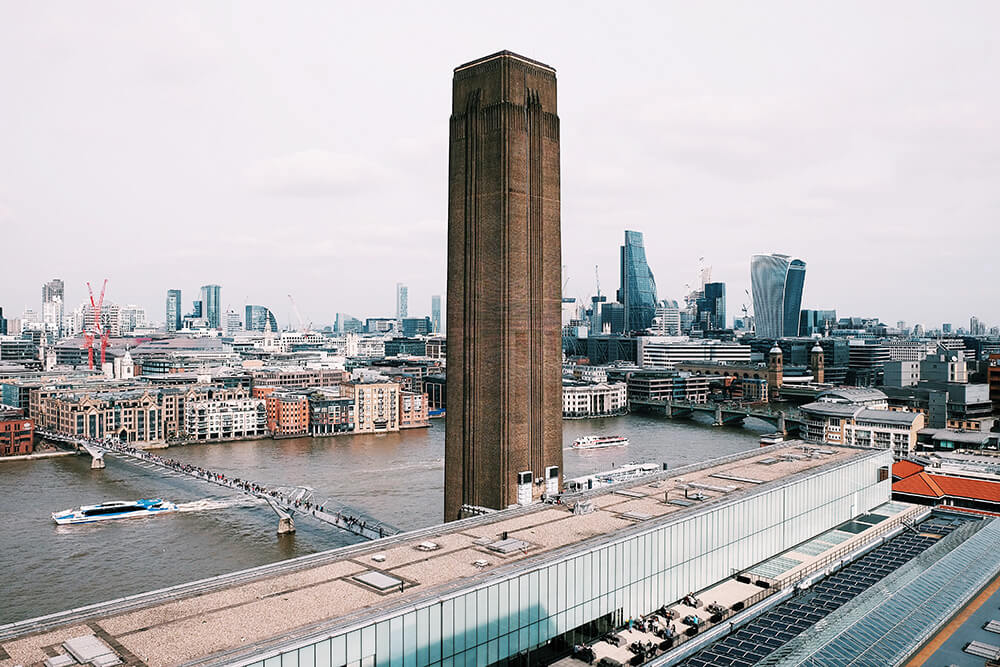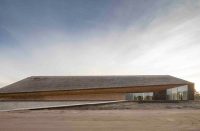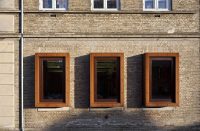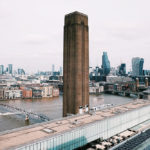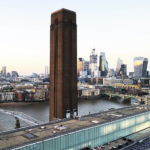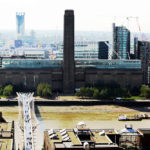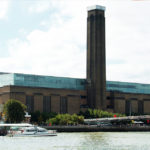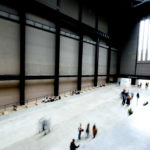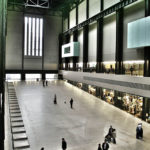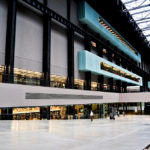Architect(s): Herzog & de Meuron
Address: Bankside, LONDON, United Kingdom
Latitude/Longitude: 51.507598,-0.099373
Tate Modern is a remarkable combination of old and new, Tate Modern sits where Bankside Power station was built in two phases between 1947 and 1963 and designed by Gilbert Scott. The same architect also designed Battersea Power Station and Waterloo Bridge. An interior steel structure supports its construction of a brick shell and its striking monumental design with its single central chimney has led the building to be mentioned as an industrial cathedral.

The selection of an architect to redesign the power station was the aim of an international competition in July 1994. A shortlist of six was made by November from an initial of 148 entrants. That list included included David Chipperfield Architects, Office for Metropolitan Architecture/Rem Koolhaas, Renzo Piano Building Workshop, Tadao Ando Architect and Associates, Herzog & de Meuron and Jose Rafael Moneo Arquitecto.
In January 1995, the firm Herzog & de Meuron were announced as winners of the competition. The dignified simplicity of their proposal impressed the jury. Their respect for the original architecture, with subtle alterations rather than grand gestures, and the introduction of more light via the enormous roof light box, combined to create an interior both functional and modern.

